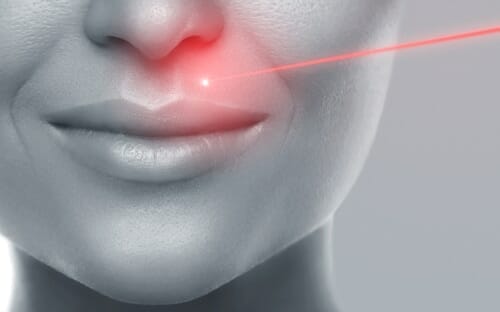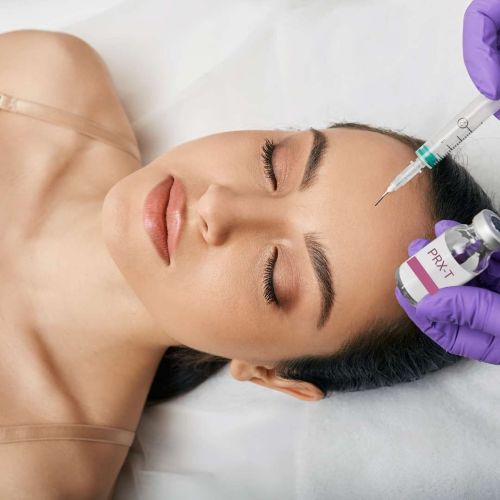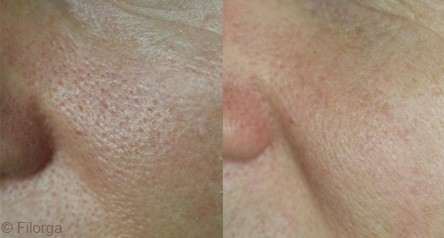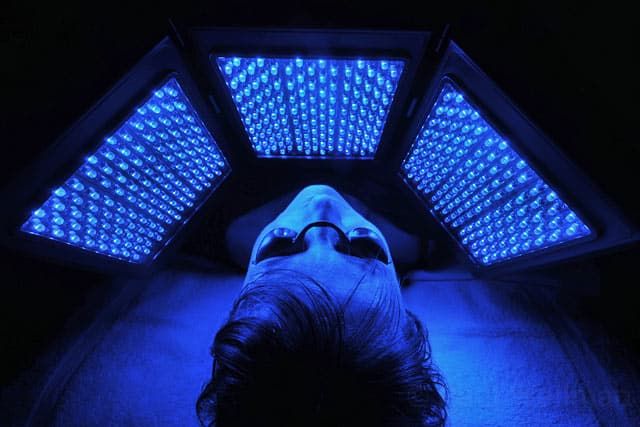L'hyperpigmentation est une affection cutanée fréquente qui touche de nombreuses personnes, peu importe l’âge, le sexe ou le type de peau.
Bien qu’inoffensive sur le plan médical, elle peut affecter l’estime de soi et le bien-être émotionnel.
Heureusement, des solutions esthétiques efficaces existent afin de retrouver une peau uniforme.

Bilan personnalisé
Afin de déterminer le soin le plus adapté, une première consultation est préconisée.
L'objectif est d'analyser vos besoins et d'établir un plan de traitement sur-mesure.
Qu’est-ce que l’hyperpigmentation ?
L’hyperpigmentation se caractérise par l’apparition de zones plus foncées sur la peau, due à une production excessive de mélanine.
Cette dernière désigne l’ensemble des pigments responsable de la couleur naturelle de la peau, des cheveux et des yeux.
Soumis à certains facteurs, il se peut que nous produisions trop de mélanine, ce qui crée des taches pigmentaires ou des zones irrégulières.
Ce phénomène peut apparaitre sur différentes parties du corps, et particulièrement sur le visage, les mains et le décolleté.
Quelles sont les causes de l’hyperpigmentation ?
Identifier les causes de l’hyperpigmentation est essentiel pour choisir le traitement le mieux adapté.
Voici les facteurs les plus courants :
Le soleil est la principale cause de l’hyperpigmentation.
Les rayons UV stimulent la production de mélanine afin de protéger la peau des dommages causés. Cette production excessive peut provoquer des taches sombres, connues sous le nom de lentigos solaires ou taches de vieillesse.
Les changements hormonaux, en particulier chez les femmes, peuvent provoquer une hyperpigmentation appelée mélasma.
Ce phénomène est fréquent pendant la grossesse (masque de grossesse) ou lors de l’utilisation de contraceptifs hormonaux.
Après une inflammation ou une blessure cutanée (acné, coupures, brûlures), la peau peut réagir en produisant plus de mélanine, entraînant des taches sombres.
Avec l’âge, la peau devient plus sujette à des irrégularités pigmentaires, souvent causées par l’accumulation de dommages liés au soleil au fil des années.
Certains types de peau, notamment les peaux plus foncées, sont plus susceptibles de développer de l’hyperpigmentation en raison d’une plus grande quantité de mélanine.
Les facteurs environnementaux, comme la pollution, peuvent également jouer un rôle en aggravant les déséquilibres pigmentaires.
Ce phénomène peut être dû à plusieurs facteurs et s’amplifier en fonction.
Différents types de tâches pigmentaires

- Le mélasma
Le mélasma est souvent lié à des changements hormonaux.
Présent sous forme de taches brunâtres ou grisâtres, il apparait généralement sur le visage (front, joues, menton).
Bien qu’il soit plus fréquent chez les femmes, les hommes peuvent aussi en souffrir.
- Les lentigos solaires
Ces taches brunes, appelées aussi taches de vieillesse, sont directement liées à l’exposition prolongée au soleil.
Elles apparaissent principalement sur les zones les plus exposées, comme les mains, le visage et les épaules.
- L’hyperpigmentation post-inflammatoire
Elle survient après une lésion ou une inflammation de la peau, comme l’acné, une coupure ou une réaction allergique. Ces taches peuvent disparaître avec le temps, mais elles sont parfois persistantes.
Comment traiter l’hyperpigmentation ?
L’hyperpigmentation peut être améliorée grâce à des soins appropriés et non invasifs.




